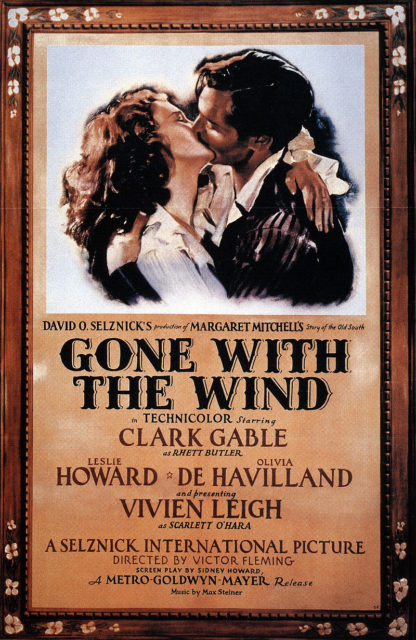No, this is not about the Billy Idol song, this article is about the actual rebel yell used by the confederate soldiers during the civil war.
The actual rebel yell was used to boost morale and intimidate enemies like any other battle cry throughout history. There are no known audio clips from the civil war of the yell, though there are clips and footage of veterans performing the yell years after the civil war.
The sound of the yell is the most discussed thing about it. Whenever Civil War soldiers heard the yell they would state that it sounded like either “Jackson, or a rabbit,” which suggests that the yell sounds like the scream of a rabbit. If you look at movies or any form of entertainment that features the yell, it is portrayed as a “yee-haw”.

The yell has also been described as sounding like Native American cries of war. In an 1896 interview conducted by Frederic Remington, John Salmon Ford described the time his Texas Rangers charged into a Comanche village in 1858, as a cross between a “wolf howl and Indian whoop”.
From all these different descriptions it is safe to say that there might have actually been more than one distinct yell used by the confederate soldiers, it could actually have been based on their region of deployment.
Waite Rawls, the head of the Museum of the Confederacy, actually describes his adventure trying to find recordings of the rebel yell during the documentary “Reconvergence”. He has found two different audio recordings of soldiers from two different states that he says sounds almost identical.
Even though it is not a concrete description, the famous novel “Gone with the Wind” written by Margaret Mitchell, some 70 years after the Civil War, tells the story of a character that lets out a “yee-aay-eee” when he finds out that the war has started.

“The Civil War,” a documentary by Ken Burns, even states that historians aren’t quite sure how the yell sounded, it was described as “a foxhunt yip combined with a banshee scream”. Shelby Foote describes the tale of an old Confederate soldier that was invited to speak in front of a ladies’ society dinner. He was asked to give a demonstration but refused to state that it could only be done while running and even if he was to try it couldn’t be done with “a mouth full of false teeth and a belly full of food.”
Even accounts from Union soldiers state that the yell would “send a corkscrew sensation up your spine when you heard it” adding that “if you claim to have heard it and weren’t scared, then you never actually heard it.”
In the documentary, you are even treated to a sound reel off a meeting in the 1930s, where a Confederate veteran gave the Rebel yell.

In the autobiography “My Own Story”, Bernard Baruch recounts how his father would jump up anytime the song “Dixie” came on and let out a rebel yell, no matter where they were. “As soon as the tune started Mother knew what was coming and so did we boys. Mother would catch him by the coattails and plead, ‘Shush, Doctor, shush’. But it never did any good. I have seen Father, ordinarily, a model of reserve and dignity, leap up in the Metropolitan Opera House and let loose that piercing yell.”
Here is another piece from us on Civil War: The Unlikely Lady Spy of Union in American Civil War
The Confederate yell was intended to help control fear. As one soldier explained: “I always said if I ever went into a charge, I wouldn’t holler! But the very first time I fired off my gun I hollered as loud as I could and I hollered every breath till we stopped.” Jubal Early once told some troops who hesitated to charge because they were out of ammunition: Damn it, holler them across.
